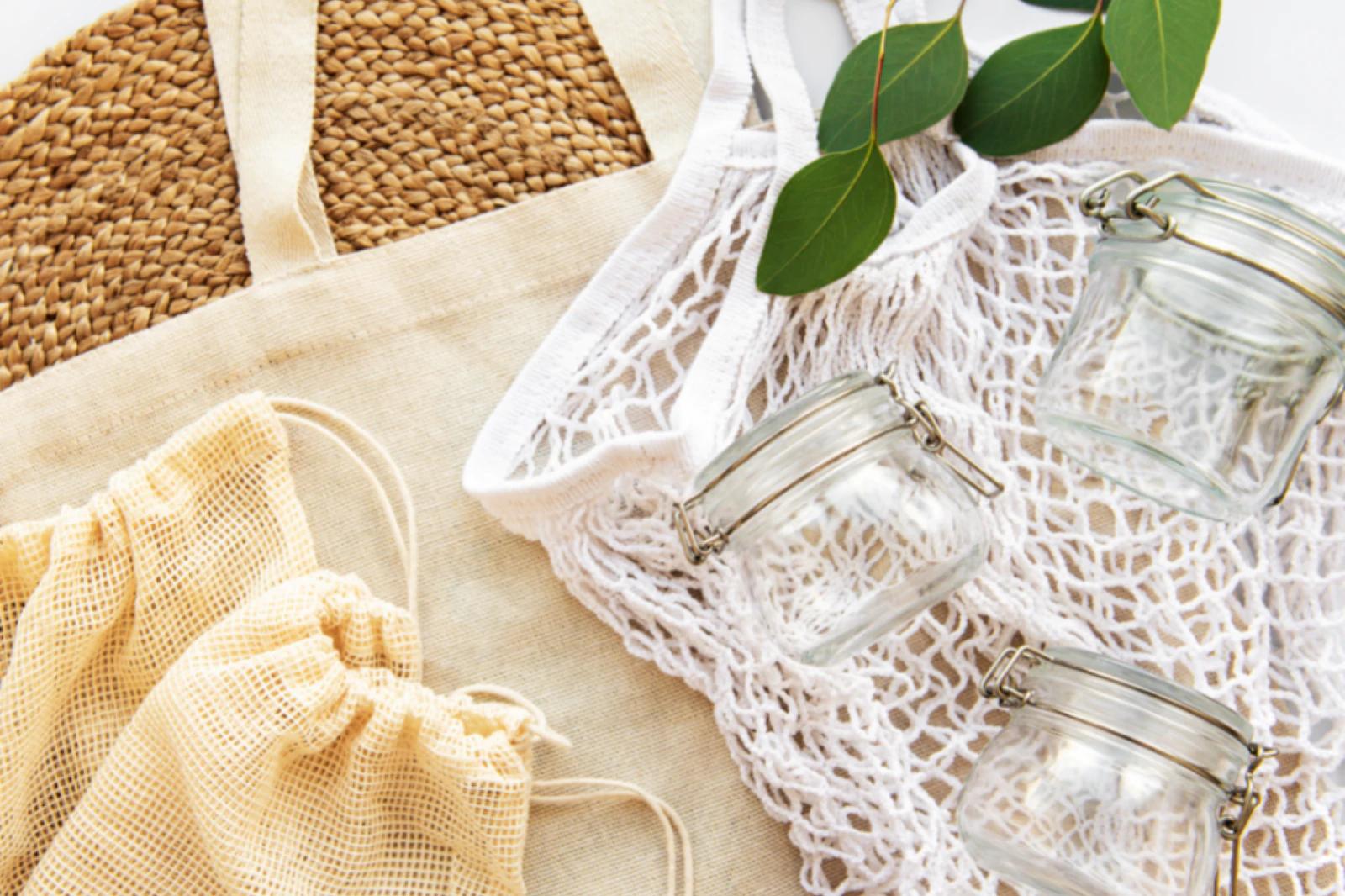
10 Eco-Friendly Tips to Reduce Plastic Usage in Daily Life
4 Minutes
Almond Cow compiled a list of 10 tips for going plastic-free, from reworking your hygiene routine to being a better shopper.
Every piece of plastic ever made still exists.
That’s because, while plastic will break down into smaller and smaller bits, it is unable to biodegrade. Wood, wool, and other organic matter can break down into soil. But plastic just keeps breaking off into tinier pieces, first small enough to choke an animal or cause internal damage and later as microplastics rife with toxins and tiny enough to be transported through the bloodstream.
Despite this, plastic production isn’t slowing down—in fact, it jumped from 2.3 million tons in 1950 to 448 million tons by 2015 and will likely double that by 2050. And the vast majority of it isn’t getting recycled; a lot of it isn’t even making it to landfills. Roughly 8 million tons of plastic end up in oceans, where marine life is dying and water is growing increasingly poisonous.
Calls for companies to reduce or eliminate their plastic packaging and ingredients have grown louder, and more companies than ever are popping up green options for products themselves and their containers. But consumers can also effect change by shifting demand and voting for more sustainable options with their wallets.
DID YOU KNOW? The average household uses 144 plastic cartons every year. Making your own milk is one easy eco-conscious swap you can make at the grocery store. Read more: How is almond milk made?
Almond Cow compiled a list of 10 simple tips for a (mostly) plastic-free life. Keep reading to discover some inspired ways to make small changes in your daily life that can lead to much bigger waves.

Rethink your wardrobe
What do acrylic, lycra, nylon, polyester, and spandex have in common? They’re all synthetic fabrics made of plastic. Everytime you wash them, they’re shedding microplastics. The International Union for Conservation of Nature estimates that these plastic particles from clothing, tires, and the like account for as much as 30% of the microplastics polluting oceans around the world. In addition to this shedding, when the clothing item eventually gets thrown out, it will break down into ever-smaller pieces that make their way into the soil and water supply while harming ecosystems and organisms along the way.
You can sidestep plastics in clothing entirely by simply checking labels to be sure you’re paying for 100% cotton, hemp, or other biodegradable fibers. If you’re shopping online, be sure to request no plastic packaging—and bring your own reusable bag for in-person shopping. For shoes, look for natural materials and natural rubber soles over plastic.
If you’ve simply got to have that stretch in your clothes, pay a visit to your local thrift store where you’ll save money while keeping wardrobe-essentials out of landfills. For clothing items you already have with synthetic fibers, there are products now that claim to catch microplastics and prevent them from running out with the laundry’s wastewater.
Lastly, if you haven’t already, learn how to conduct simple modifications and repairs on your clothes and shoes, or get to know your local tailor or cobbler. The less you buy and the more you make use of what you have, the better for the environment.

Upgrade your shower and skin care routines
An estimated 250 million people in 2020 used body wash in plastic containers, amounting to around 1.4 billion body wash bottles being thrown out last year alone.
There are countless companies and individual vendors making and selling bar soap for the body and hair at every price point, scent, and style. Solid bars are also available as shave soaps and deodorant.
For shaving, you can get a lifetime of use out of a safety razor without all the waste of the plastic versions that need to constantly be replaced.
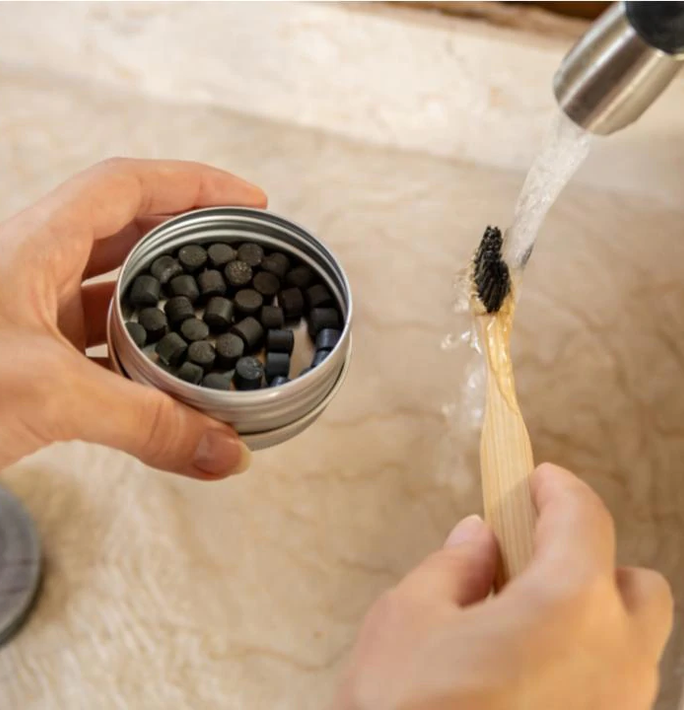
Reexamine your oral health
Around 1 billion toothbrushes get tossed in American garbage cans each year, adding roughly 50 million pounds of plastic waste to landfills. Many end up in waterways and oceans, but it doesn’t have to be this way.
Biodegradable dental floss and (mostly) biodegradable toothbrushes have hit the mainstream—and toothpaste can now be found in glass jars, recyclable aluminum tubes, and even as tablets wrapped in eco-friendly packaging.
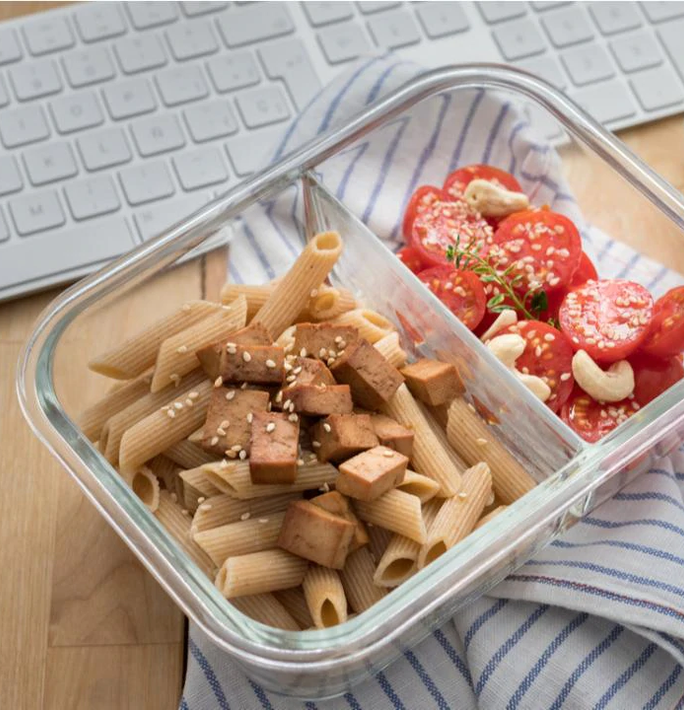
Amplify your to-go game
Make it effortless to avoid plastic while you’re out by bringing along eco-friendly, reusable containers for leftovers from the restaurant or to drop off at the time of placing a to-go order. When you get a pizza, ask the person taking your order not to include the little plastic “pizza saver” at the center of the pie.
Reusable containers today are as varied as glass, collapsible silicone with lids, or resealable bags.
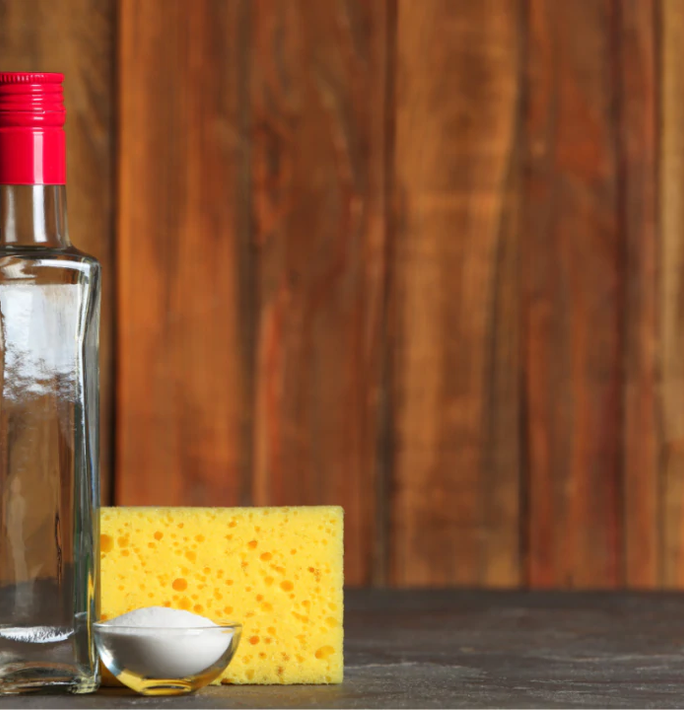
Discover new ways to clean your clothes and home
There’s virtually no reason to continue using unsustainable cleaning products while the market is so saturated with sustainable options and making your own supplies is so economical and easy.
Store-bought options include concentrated refill packs, tablets that can be dropped into a spray bottle with water, or powdered cleaning products in cardboard boxes. There are also plenty of online recipes if you want to make your own cleaning supplies.
Biodegradable sponges and scouring pads can replace options with plastic components—as can wooden scrub brushes, toilet brushes, natural cleaning cloths, or rags made from old clothing or towel scraps.

Become a better food shopper
If you keep reusable shopping and produce bags in your car or at your front door, you’ll be more likely to remember them when you head off to the market. If you have a local grocer with a bulk foods section, you can also bring your own containers. Store employees are used to subtracting the weight of containers from the total weight of the item. Be ready with plastic-free containers at the deli counter.
While you’re shopping, choose products without plastic packaging. Look for fresh bread in paper bags—or, at a bakery, come ready with your own cloth to put it in. If you’re ordering online, be mindful of how things are packaged and shipped.
TRENDING Making your own non-dairy milk at home can be easy.. Learn more about how using a nut milk maker can save you time, money, and plastic.
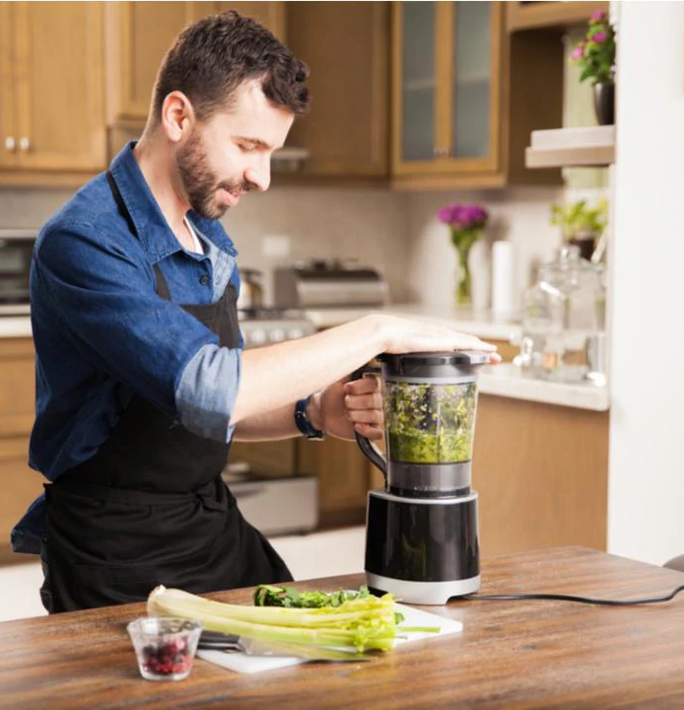
At home, reduce your demand for packaged food
Most household trash is composed of food scraps that can be composted and plastic containers from store-bought food. Many items that come in plastic packaging—from mayonnaise and granola to soy or nut milk—couldn’t be easier to make at home.
Items like a glass blender or stainless steel juicer will pay for themselves many times over for how much you save by not buying packaged items at a store.

Enhance your workspace
The Environmental Protection Agency estimates that 1.6 billion pens are thrown in the trash each year. When you’ve run down your supply of plastic pens in your kitchen’s junk drawer, consider springing for a refillable fountain pen that will feel like a luxury every time you use it.
Compostable cellphone cases are now widely available to replace plastic; and day planners, notebooks, and the like are easy to find without plastic covers or spines.
While you’re at work, be mindful of drinking out of coffee mugs and glasses instead of plastic or foam versions. If your office doesn’t have metal silverware, bring some in from home. Pro tip: Get a metal spork to keep in your car, your purse, or your desk in a pinch—some foldable sporks will even fit in a wallet.
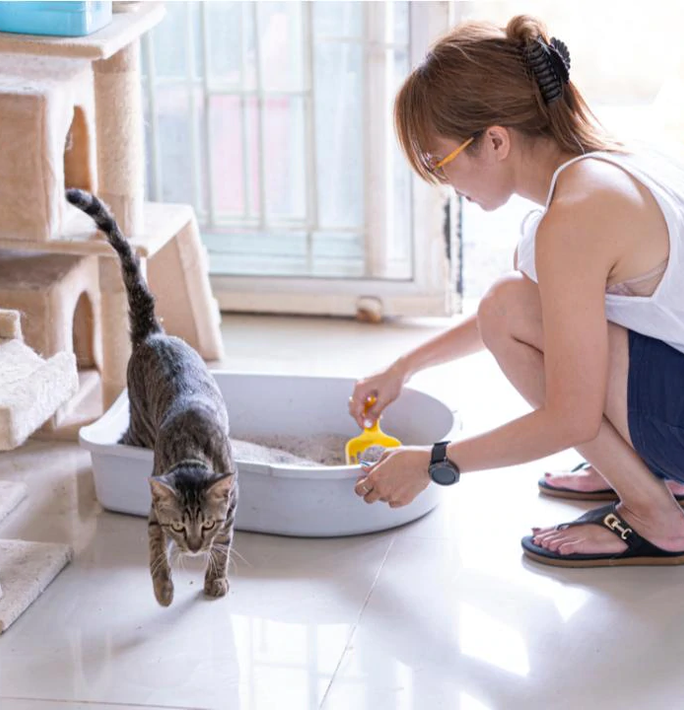
Don’t forget your pets
From compostable doggie bags to shampoo bars for dogs and cats, waste-free living has officially entered the pet market. Natural cat litter can be found packaged in paper and cardboard, while plenty of toys feature natural fibers and woods instead of plastic pieces that can be harmful if swallowed.
Metal feeding bowls and troughs will offer a much longer shelf life than plastic counterparts and will not degrade with proper upkeep. Gently used pet carriers can be found at yard sales or online marketplaces, and you’ll save some money in the process.
When it comes time for treats, recipes you can make at home are surprisingly simple and come without all that extra packaging.

Get gifts that aren’t plastic
Everyone loves receiving a thoughtful gift—and yet gift-giving is among the most wasteful things we do. On average, Americans toss 25% more trash from Thanksgiving to New Year’s Day than any other time of year. That’s largely because so much of the gift-giving process is single-use: A greeting card gets smeared in glitter that renders the card as unrecyclable as the gift wrap. The tape on the wrapping is almost always plastic, and the items themselves are often made in whole or part of plastic.
When it comes time to give a gift, consider items built sustainably that will last for years. You can also consider locally sourced flowers; experiences like tickets to a show, help with a project, or a great meal at a restaurant; or handmade items with sustainable materials.
